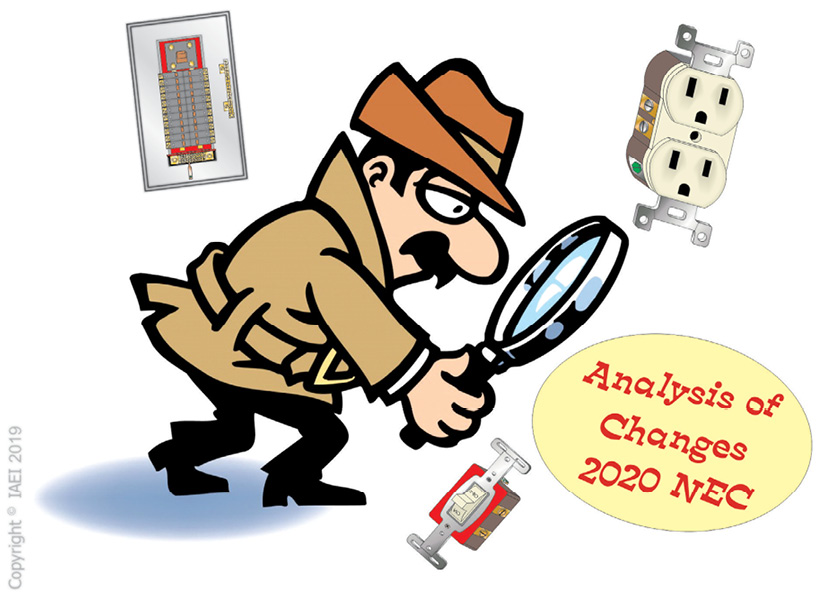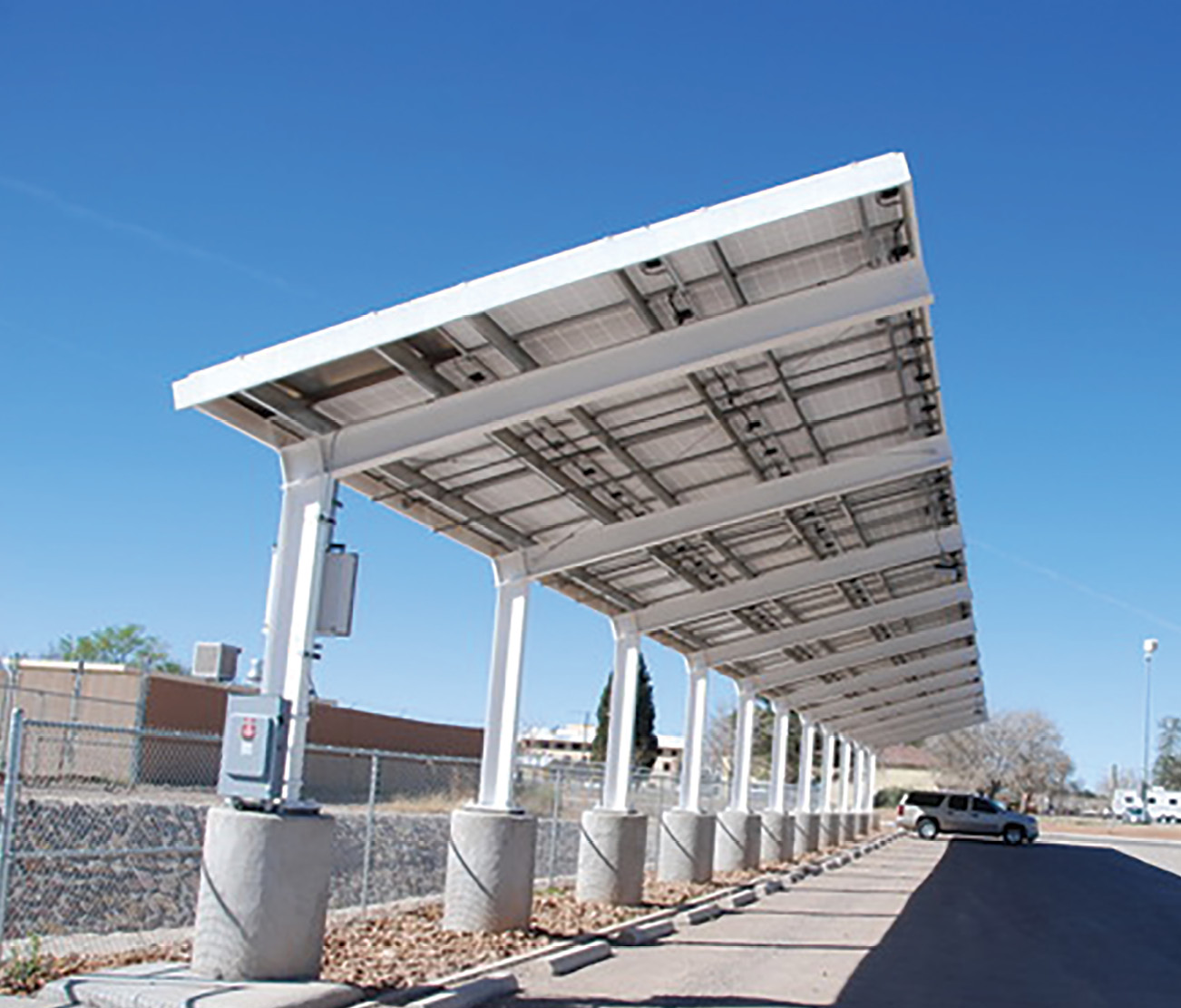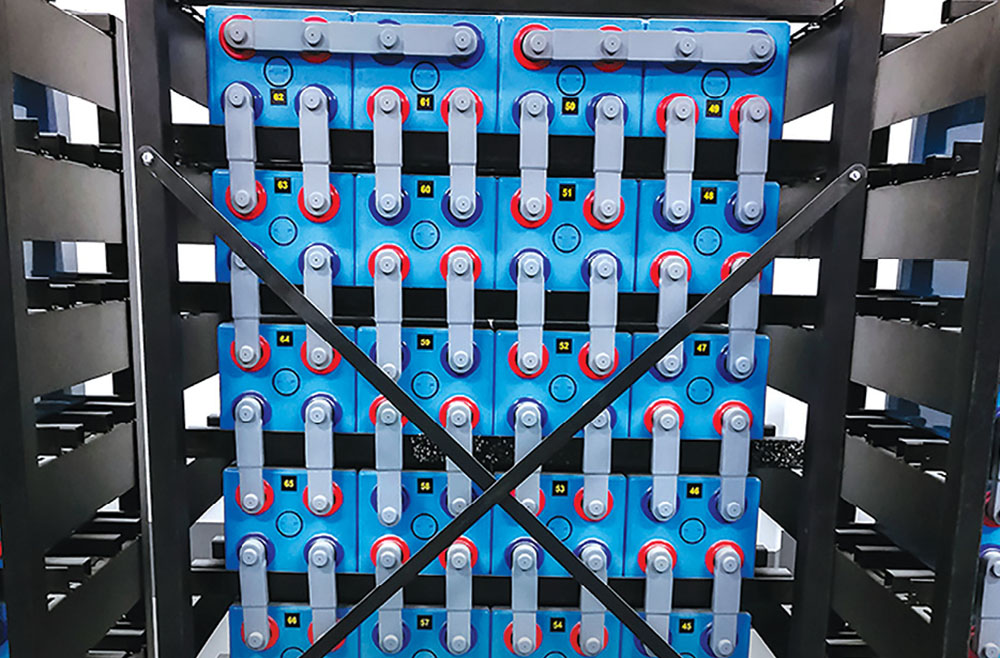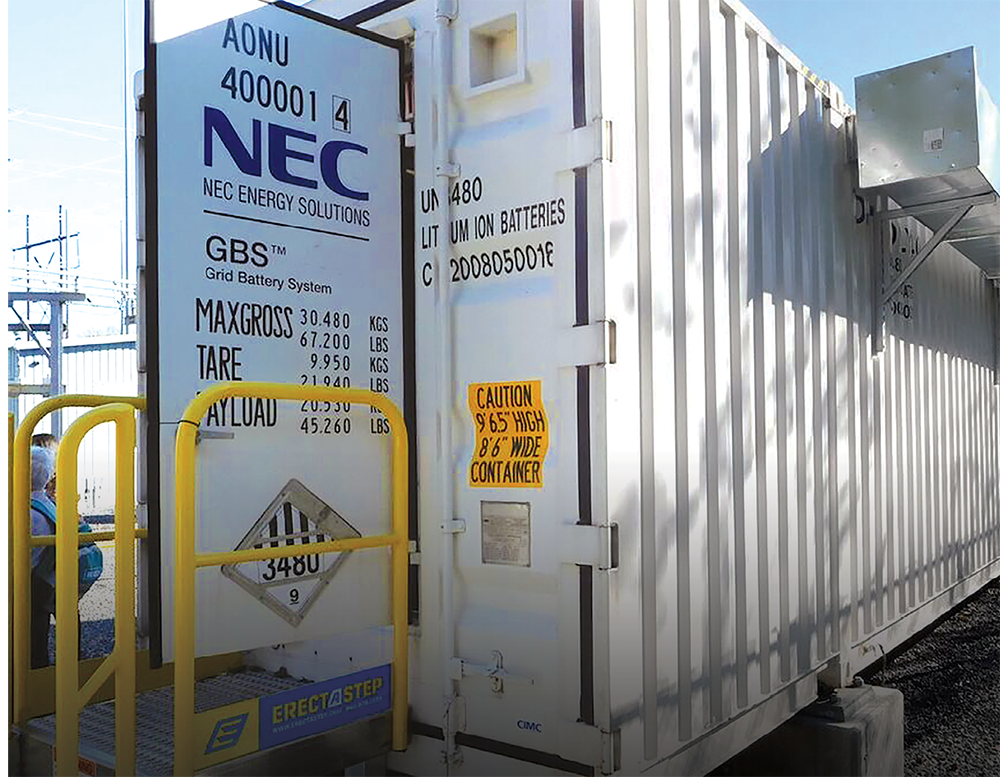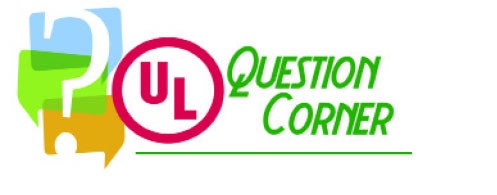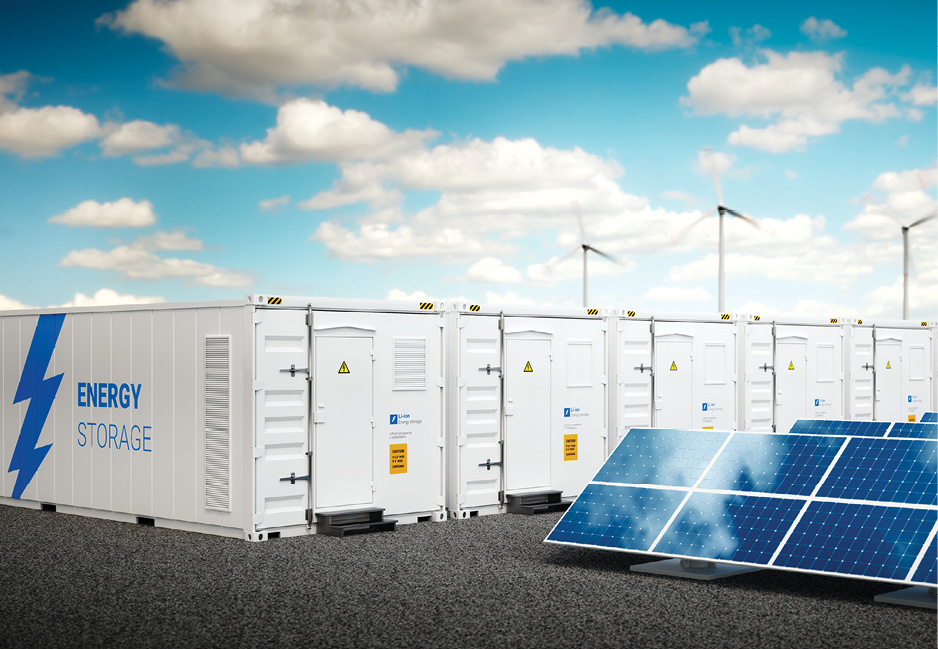It is imperative that the NEC evolves to engulf these innovative techniques. With that backdrop in mind, this article will look at some of the more noteworthy changes that are being proposed for the 2020 NEC.
Codes, standards, equipment, and the organizations certifying that equipment meets a particular standard are continually changing. The harmonization of U.S. standards with international standards—while potentially reducing costs in the international arena—may complicate the application of these standards as they are adopted.
Zone-selective interlocking (ZSI) has been in practical use since the mid-1980s. This technology was created to speed up the tripping time for some faults within a zone of protection without sacrificing selective coordination and interjecting nuisance tripping into the system.
Requirements for testing of integrated fire protection and life safety systems are provided in Part 3 and Part 9 of the National Building Code of Canada 2015 (NBC) in respect to newly constructed buildings.
Energy storage systems help us to realize the true benefits of renewables and advanced grid technologies. They mitigate intermittencies and unlock the potential of solar and wind power by storing clean energy as it is created, so that it can be used when it is actually needed.
Like the ever-changing sustainable energy industry, our wiring methods are also evolving. The increase in outdoor installations opens new opportunities for more innovative products to help solve today’s new challenges.
The emergence of energy storage systems (ESSs), due to production from alternative energies such as wind and solar installations, has driven the need for installation requirements within the NEC for the safe installation of these energy storage systems.
It is the responsibility of the authority having jurisdiction (AHJ) to determine whether any field modifications are significant enough to require a UL staff member to evaluate the modified product. UL can assist the AHJ in making that determination.
The market is shifting to newer, cleaner energy sources like wind and solar. Today, we need new systems for energy management, including energy storage.
Take this energy storage quiz based on the 2017 National Electrical Code to test your ability to find all of the regulations on energy storage.

